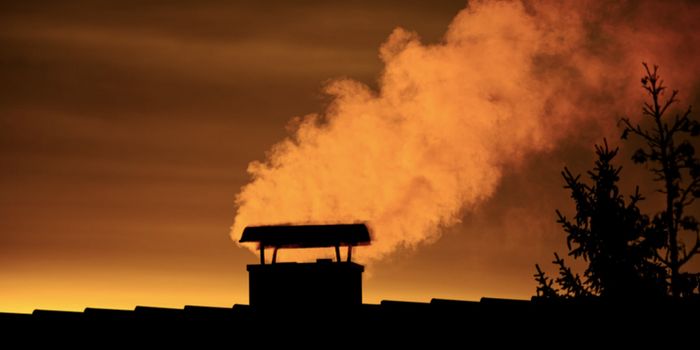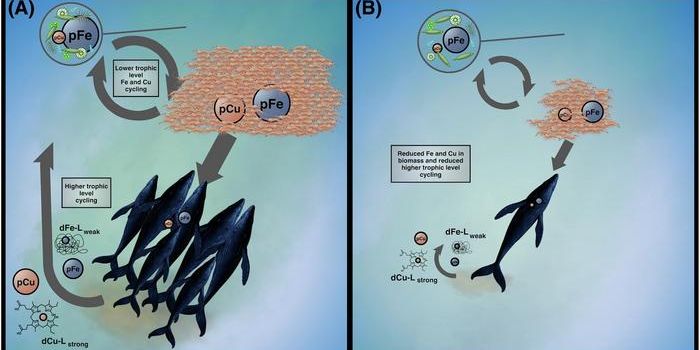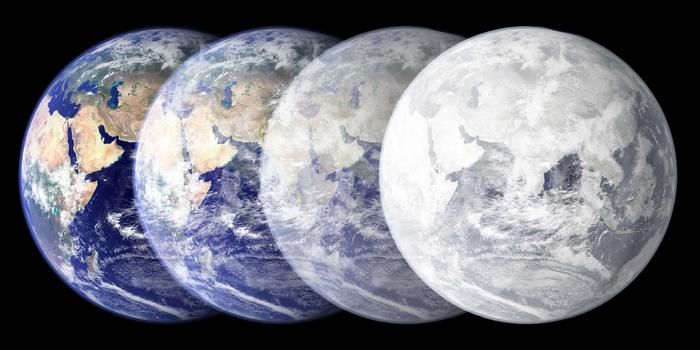Astronomers Find Quadruple Asteroid System, First of Its Kind
A team of international researchers has documented the first observed quadruple asteroid system.
Researchers Anthony Berdeu, Maud Langlois, and Frédéric Vachier from the National Astronomical Research Institute of Thailand, Université de Lyon, and Sorbonne Université (respectively) published their paper in Astronomy and Astrophysics in February 2022. It marked the first-ever sighting of three moons orbiting an asteroid, also known as a quadruple asteroid system.
The asteroid Elektra was first observed in 1873 by Christian Peters, a German-American professor of astronomy at Litchfield Observatory of Hamilton College in New York. The asteroid is 260 km in diameter and, until 2003, was thought to be alone. The first moon, designated S1, was found in 2003, with another one (S2) discovered shortly after in 2014.
In 2022, the newly designated S3 moon discovery made this system the first of its kind that we’ve seen in the universe. Researchers found this moon by reanalyzing archival data from the Very Large Telescope in Chile.
The asteroid Elektra has a halo of light around it, making it a difficult task to see objects nearby. Astronomers would commonly reduce their data with a standard pipeline and process it with standard halo removal algorithms to remove halos like this. This team, however, created a new reduction pipeline called the Projection, Interpolation, and Convolution pipeline to process data more accurately from more sensitive, modern machines.
They also improved the standard halo removal algorithm (named the Point Spread Reduction reconstruction algorithm), which allowed them to decrease the interference from the halo enough to spot the new moon, S3.
The satellite S3 is the smallest of the moons with a diameter of approximately 1.6 km. S2 is about 2 km in diameter, and the largest moon, S1, is 6 km in diameter. S1 has the widest orbit, and then S2 has a tighter orbit. S3 has an orbit with S2’s and is the closest satellite to Elektra.
While the researchers are pleased about their discovery, they also stress the importance of their novel algorithms. New and improved algorithms let researchers process data from their instruments with better accuracy and precision, allowing them to make use of their devices to the best of their capacity.
Next, the research team wants to collect more data on the new moon, so they can accurately describe its characteristics. With further observations, they hope to understand how this system formed and perhaps find more quadruple systems like it.
Source: Astronomy and Astrophysics









